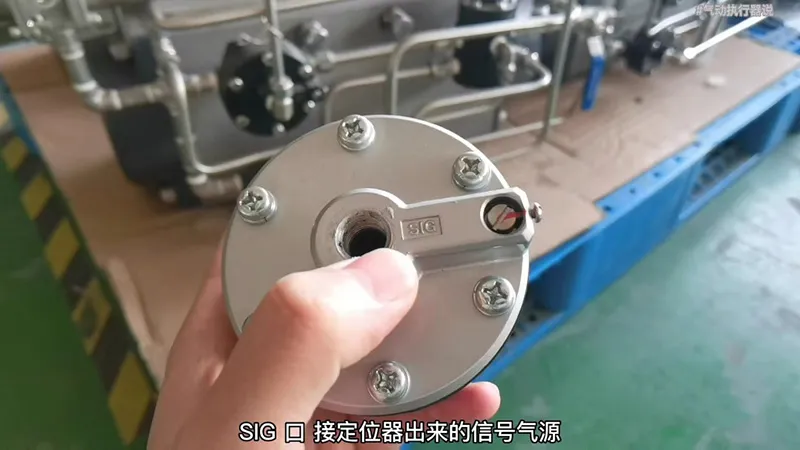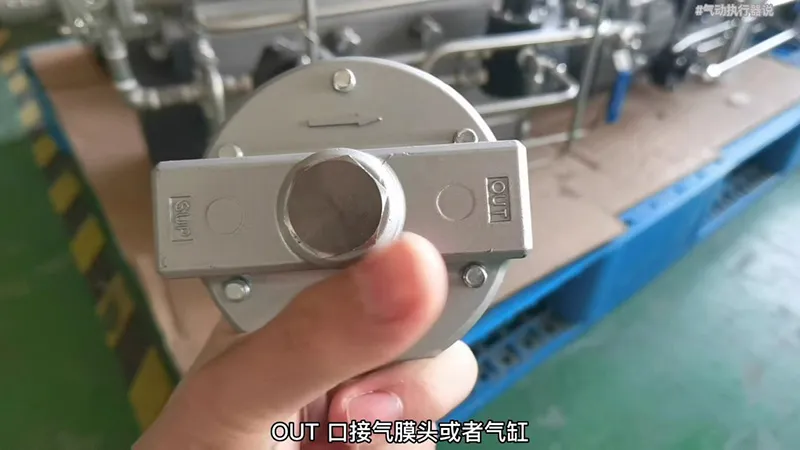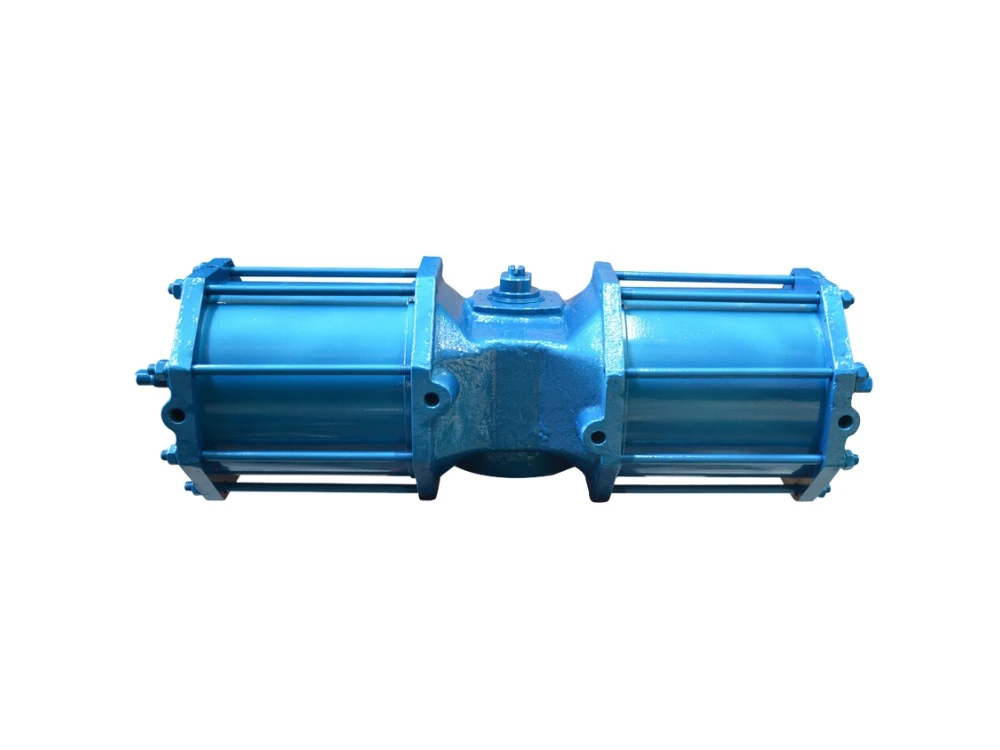Function and Principle of Pneumatic Amplifier (Speed Increaser)
Overview of Pneumatic Amplifiers
Pneumatic amplifiers, also called speed increasers, are devices used to output a large flow of air to the actuator and speed up the control valve’s movement.
The cooperation between the positioner and the speed increaser is like the solenoid valve and the air control valve, both of which are used to increase the intake volume.
Function of Pneumatic Amplifier
Improve the actuator action speed and eliminate the influence of control signal transmission lag
Overcome the transmission lag of long pipelines and large-capacity actuators
Increase the output flow of the positioner
Change the pressure of the control signal
Principle of Speed Increaser
The SIG (signal port) of the pneumatic amplifier is connected to the signal gas source from the positioner
The SUP (input port) is connected to the instrument air
The OUT (output port) is connected to the air diaphragm head or cylinder
When there is no air signal at the SIG port, the input and output ports are blocked. When there is an air signal at the signal port, the upper diaphragm inside the amplifier will press down on the valve core inside to make the input and output ports conductive. At this time, the output port pressure is greater than the signal port pressure, so the lower diaphragm inside the amplifier moves the valve core upward. As the output of the positioner changes, the air pressure flow of the amplifier air signal also changes, and the output air pressure flow of the speed increaser also changes. Until the air pressure between the two is balanced.
There is also an adjustment knob on the top of the amplifier. When the valve surges at a certain valve position, in addition to modifying the sensitivity of the positioner, it can also be handled by adjusting the sensitivity of the speed increaser.










